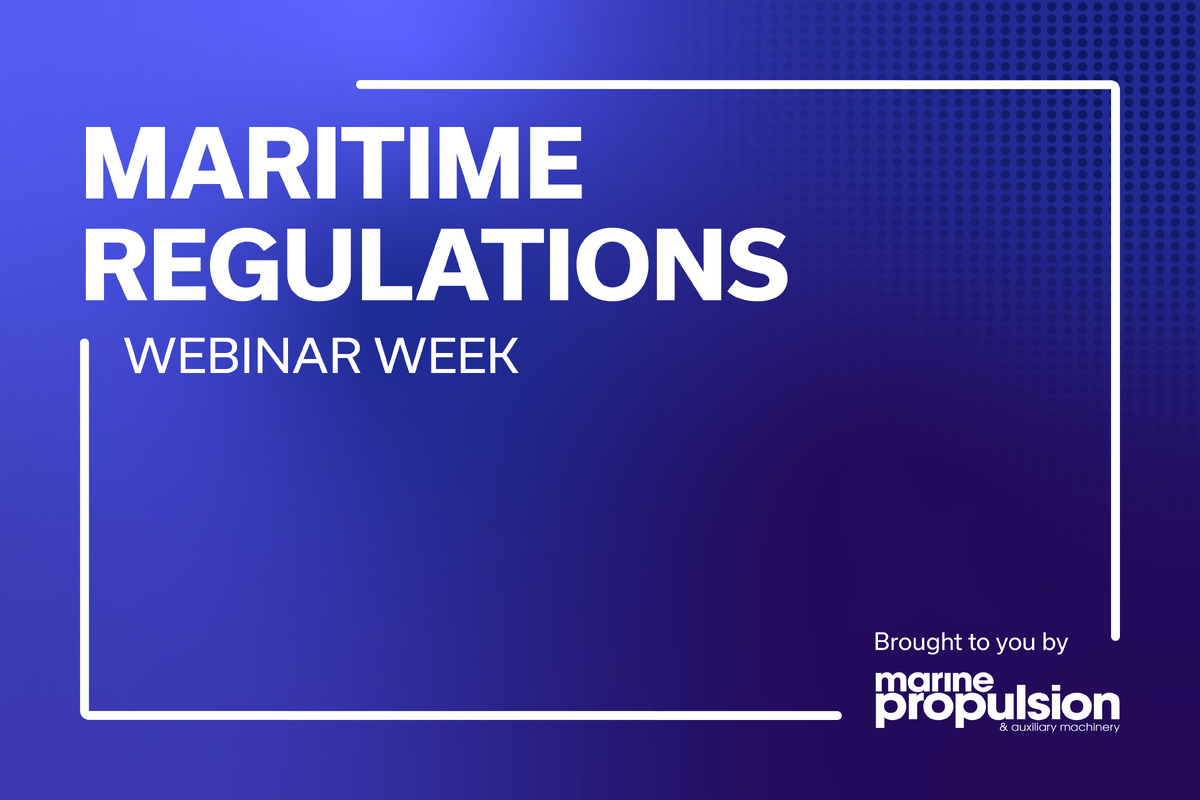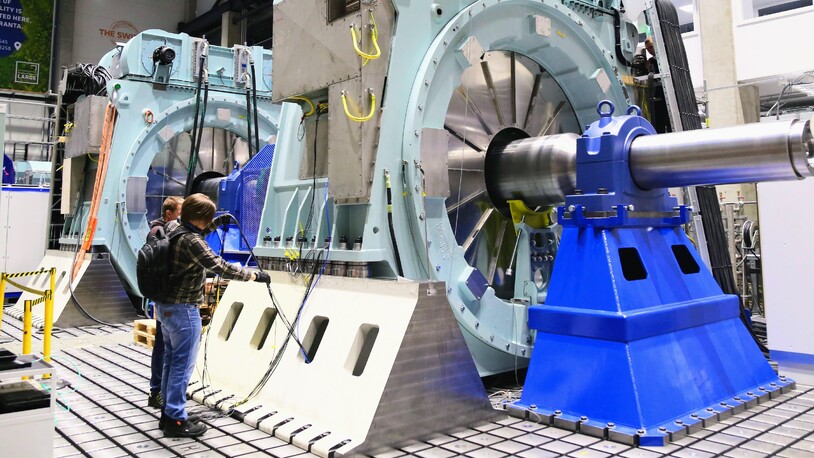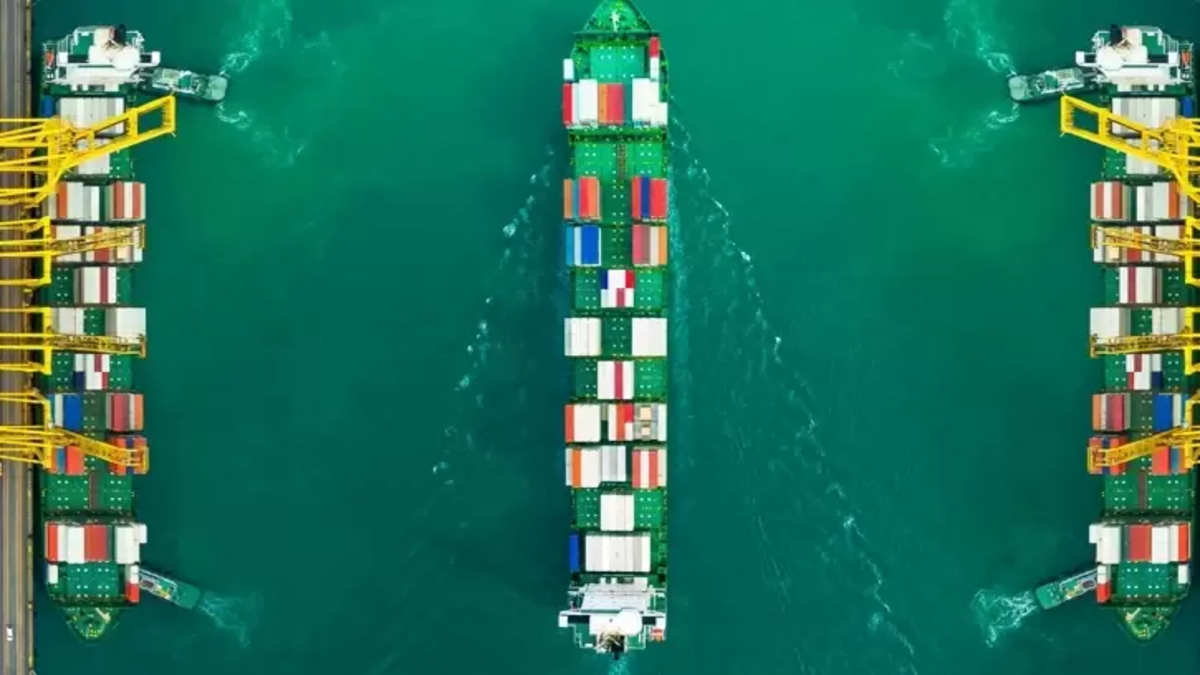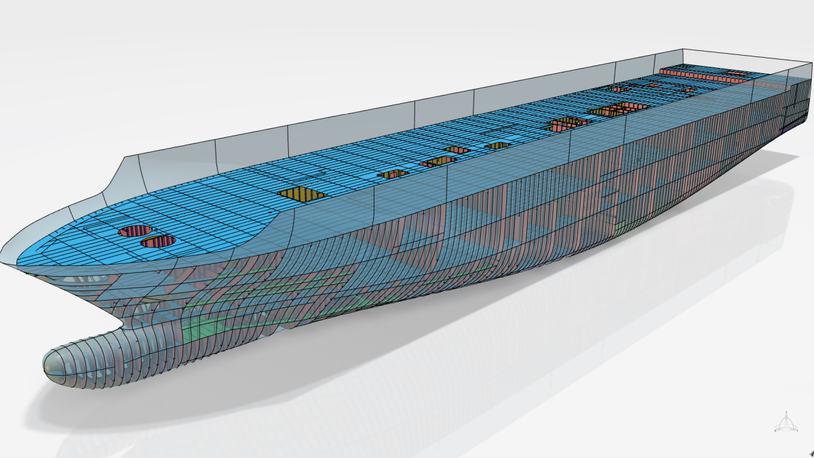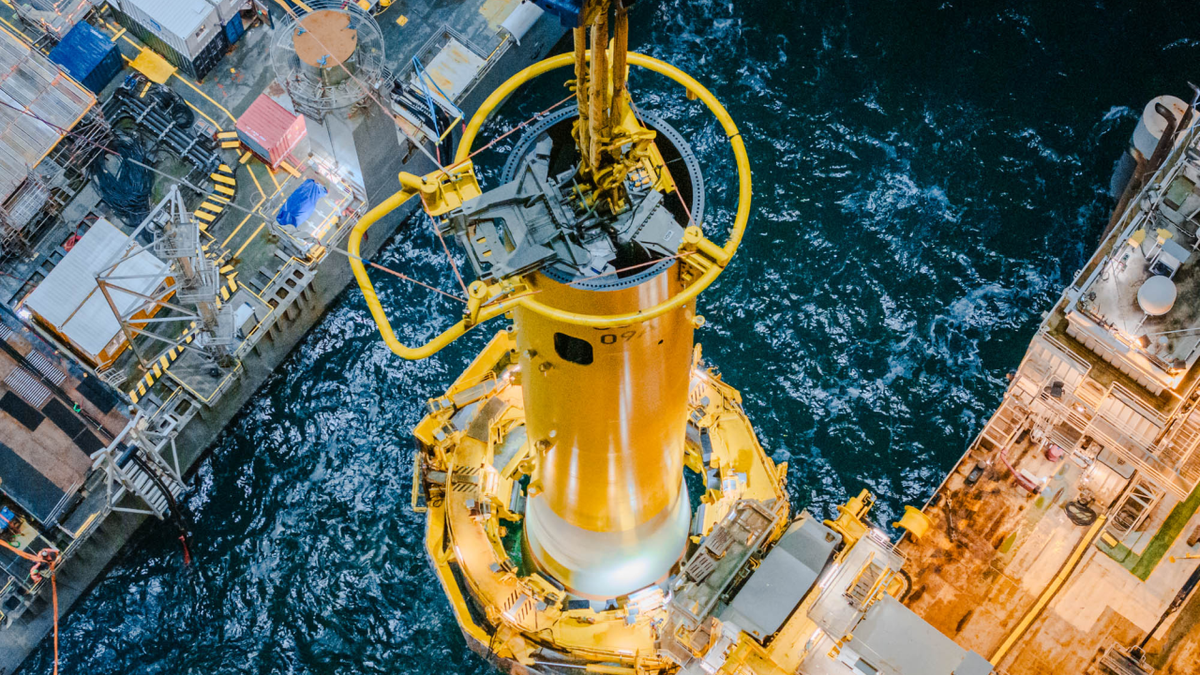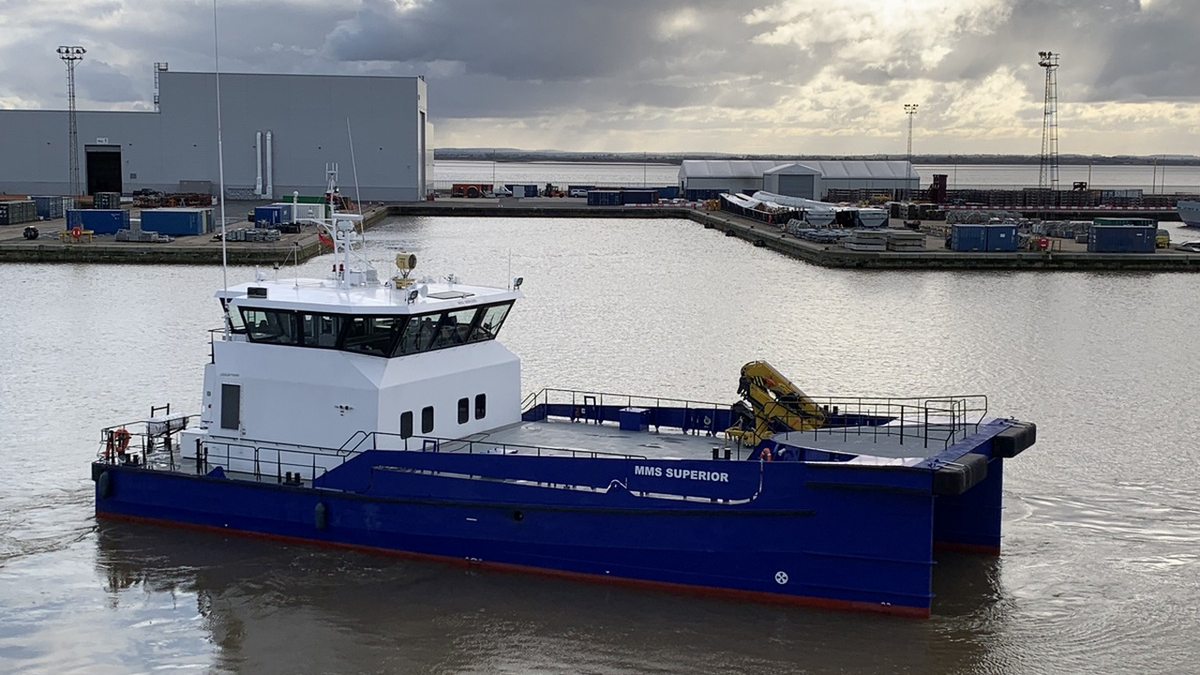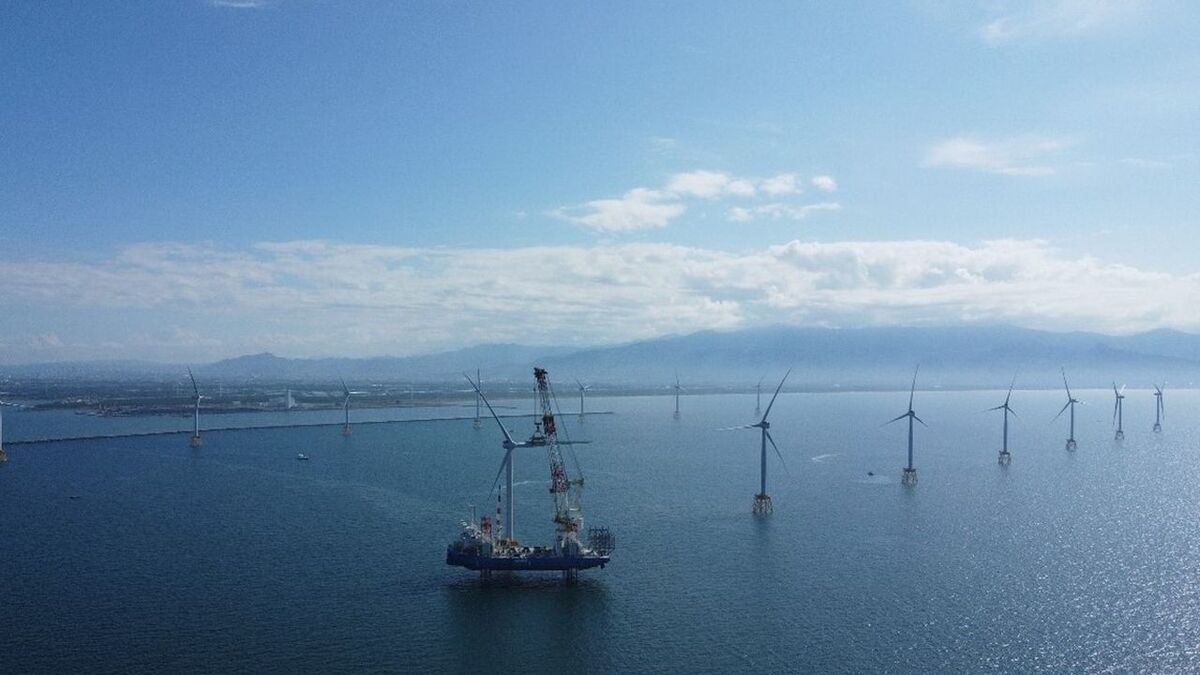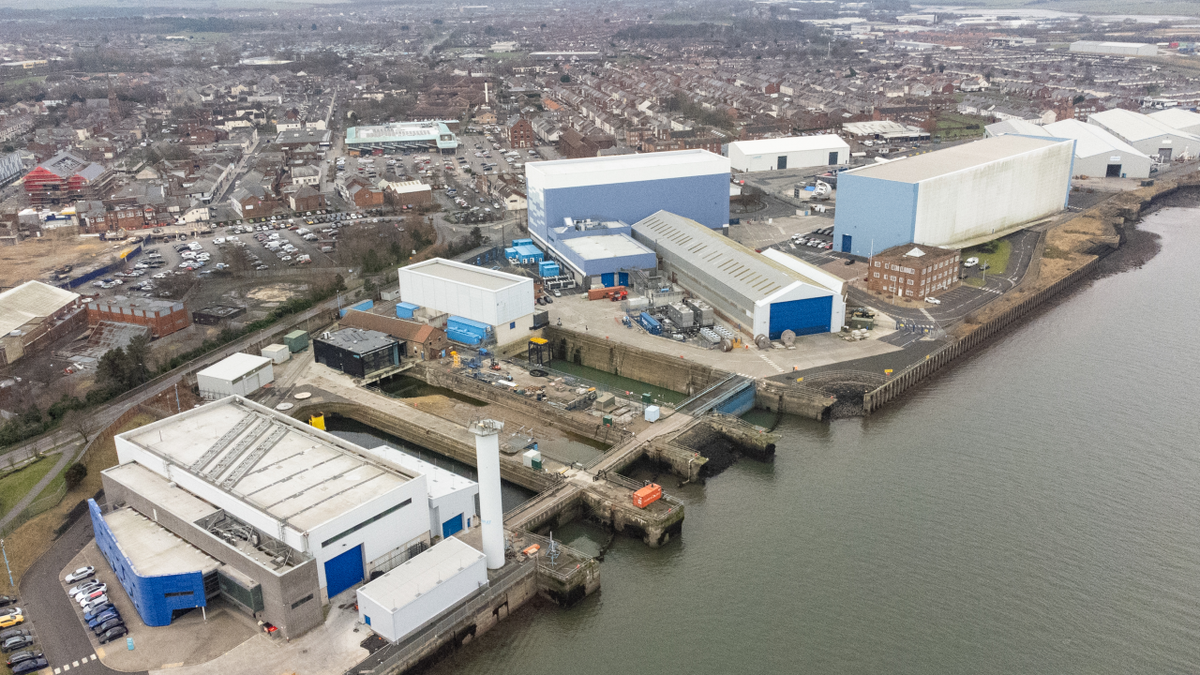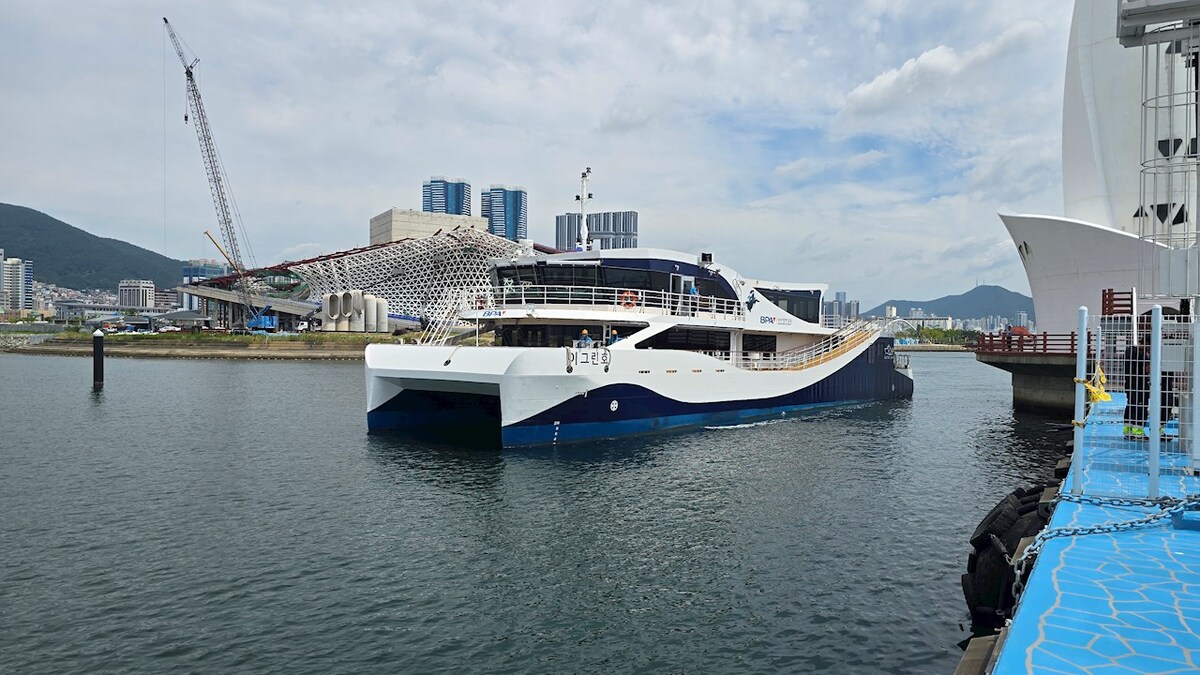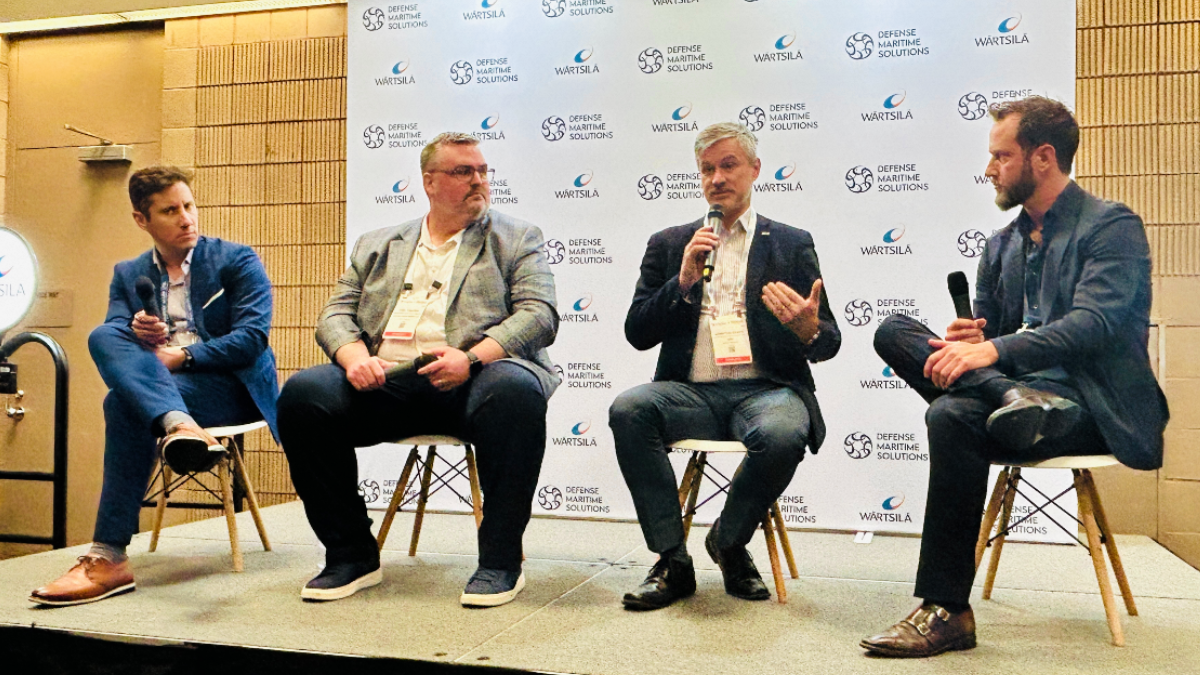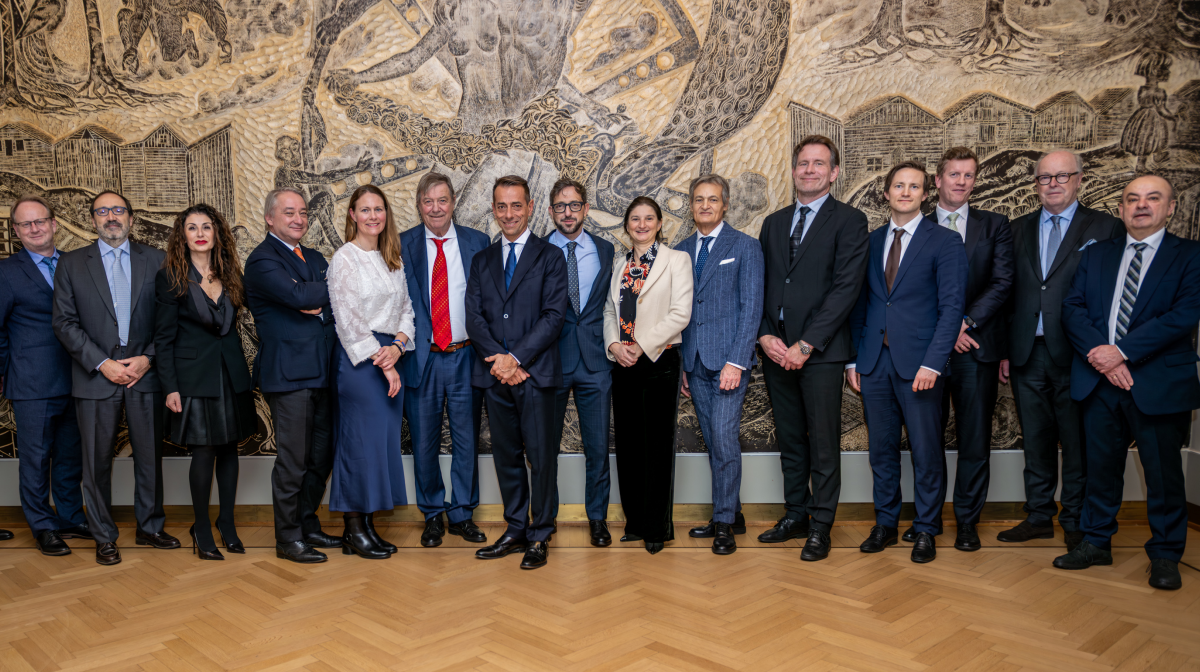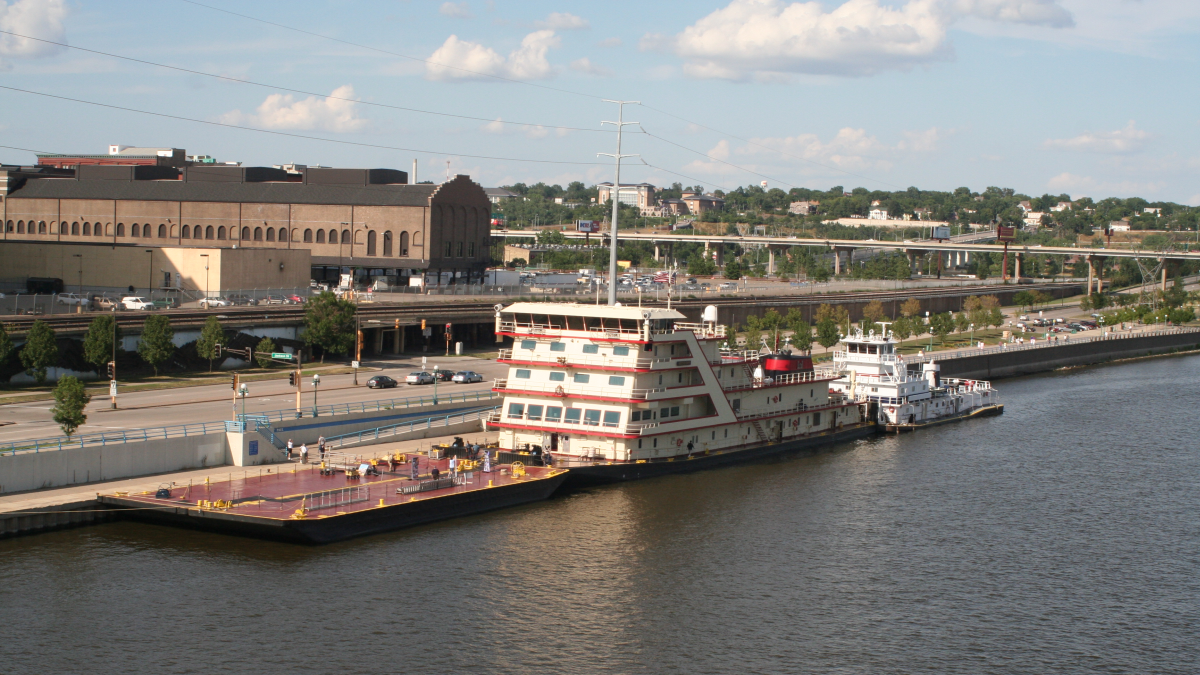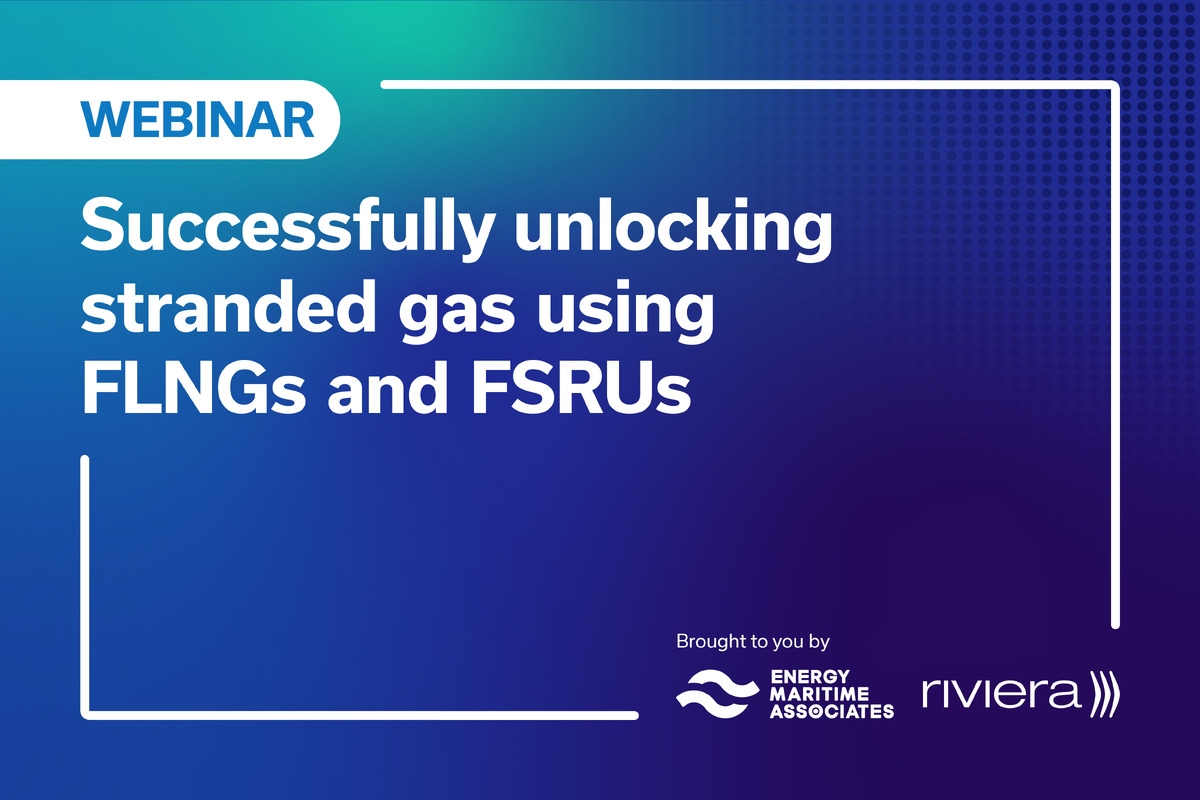Business Sectors
Events
Contents
Register to read more articles.
Green corridors: Silk Alliance sees methanol and ammonia demand increasing
A progress report from the Silk Alliance projects a strong and increasing demand for methanol and ammonia from the end of the decade onwards
The Silk Alliance is a cross-supply chain, industry partnership spanning workstreams such as fleet turnover, fuel demand, fuel supply and finance, initiated by class society Lloyd’s Register’s Maritime Decarbonisation Hub.
The new report estimates more than 3M tonnes of clean methanol and a minimum of 280,000 tonnes of clean ammonia will be required by 2030, to meet the demand of 137 ships in the cluster aligned to its implementation plan with potential for ammonia to scale 10-fold from 2030 to 2035. This is the key takeaway from analysis carried out by the partnership.
Since the Alliance was formed in May 2022, a baseline fleet of 359 vessels was identified and a programme of activities and assessments were conducted to support consensus building within the Alliance, which culminated in the creation of an implementation plan in April 2023.
Modelling exercises undertaken by the Lloyd’s Register Maritime Decarbonisation Hub estimates 98 newbuilds will be operational and 39 of the original fleet retrofitted, bringing the fleet operating on cleaner fuels to 137.
This analysis, which can be viewed in the most recent progress report, forms part of the fuel demand workstream. The projected costs and emissions, given this aggregated demand, depend on the carbon intensity of the fuels, and research in this area forms part of workstream two – fuel supply.
Under this workstream, members agreed to set the desired carbon intensity of the fuels between 20% and 10% in terms of lifecycle emissions compared with fossil fuels. The analysis under both workstreams – fuel demand and fuel supply – will continue to capture any changes while members continue to discuss implementation.
The Alliance is now applying the projected fuel requirements and tentative carbon intensity to scope the cost gap within the Silk Alliance green shipping cluster and to identify financing mechanisms that can bridge these gaps.
Forming part of workstream three, the Alliance has created an asset-based cash flow model and is mapping out various options, including leasing structures, public-private partnerships, leasing platforms and mass balancing among others, to unlock supply-side investments.
Commenting on the progress made by the group, Maritime Decarbonisation Hub senior decarbonisation analyst Ahila Karan said, “Through quantifiable tasks set out to bridge these cost gaps and fulfil key milestones in the implementation plan from now until 2030, we aim to demonstrate that zero-carbon shipping at scale is both feasible and practical.”
Silk Alliance members will establish the sequence of the green corridor, including where the corridor will start and how it will scale over time. Members aim to identify which fuel pathways to escalate from the initial pilot project stage by early 2025, weighing each fuel’s carbon intensity and supporting the pathways with near-zero carbon fuels.
The hope is that the green corridor cluster can create a significant spillover effect, driving more and more demand for methanol and ammonia as fuel.
Another milestone will see Silk Alliance members focus on finance to address investment hurdles and identify financing mechanisms to get the initiative underway.
By aggregating demand for alternative fuels through the pilot vessels running on low-carbon methanol and ammonia deployed in this initiative, members hope to drive investments into scaled alternative fuel supply infrastructure in Singapore and the intra-Asia container trade route from 2028 to 2030.
Riviera Maritime Media’s Maritime Decarbonization Conference, Americas will be held 14-15 December 2023 in Houston, USA. Use this link for further information and to register your interest
Related to this Story
Events
Maritime Regulations Webinar Week
Floating energy: successfully unlocking stranded gas using FLNGs and FSRUs
© 2024 Riviera Maritime Media Ltd.
